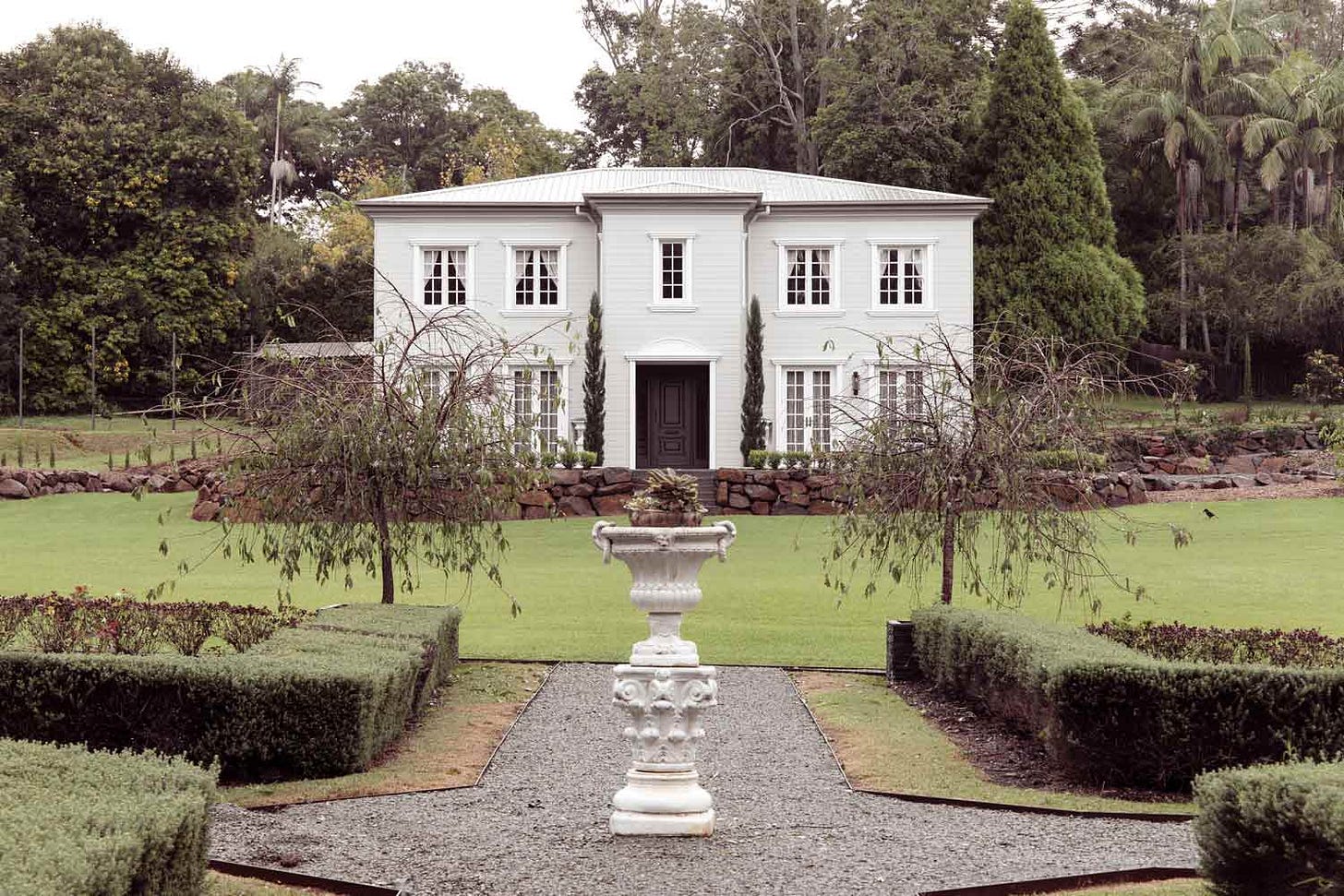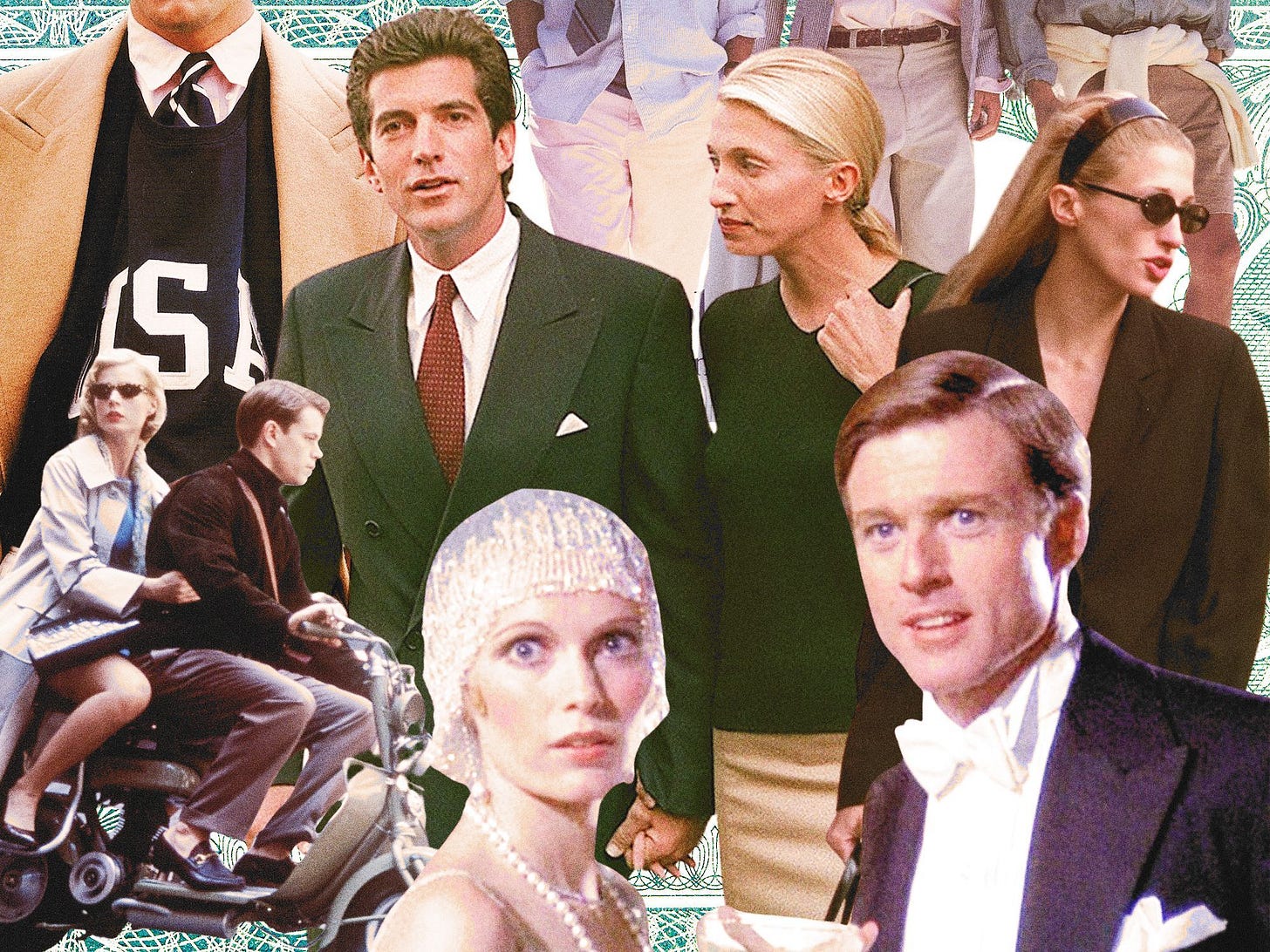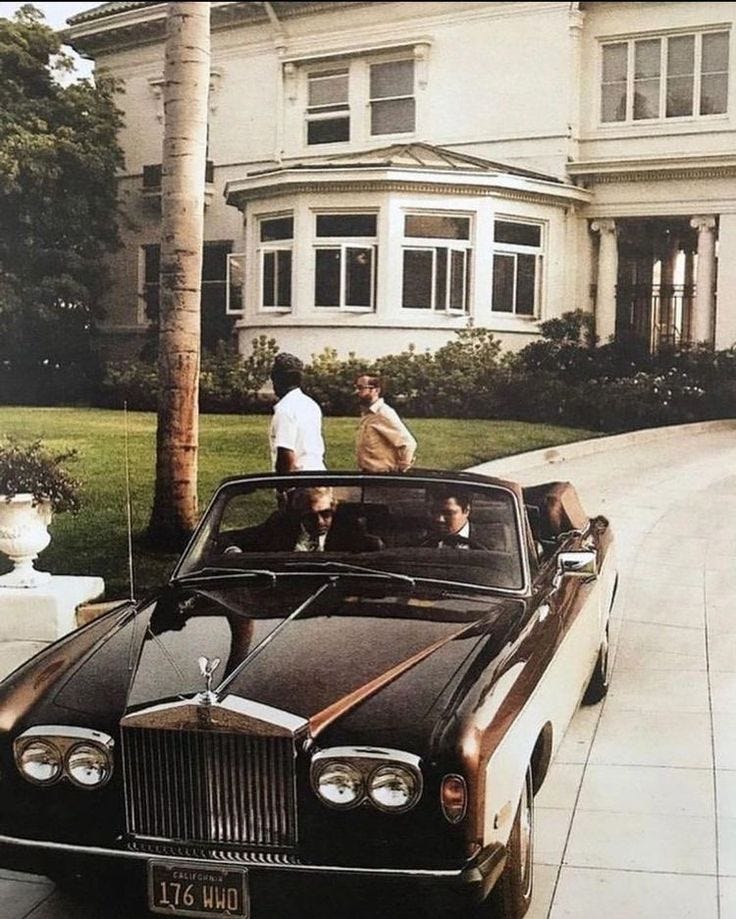Why Dressing 'Rich' Has Never Been Less Interesting
How the old money aesthetic became the new uniform for success and why it's draining fashion of all it's personality
There was a time when fashion was about self-expression. When people dressed to say something, to stand out, to reflect who they were. Not anymore though, success has a dress code.
If you want to be seen as someone who’s made it, the rules are simple:
• No color.
• No logos.
• No personality.
The “old money aesthetic” has taken over. People are dressing like trust fund heirs without the trust funds, like they summer in Italy but are actually splitting rent five ways in Zone 3. The look is precise. Beige trench coats, navy knitwear, gold jewellery that whispers inherited, not purchased. It’s class cosplay for a generation that barely owns property.
And yet, this is the new way to signal success. Dressing like you have generational wealth (even if you don’t) is now more important than actually having it. And somehow, in the attempt of looking refined, fashion has been reduced to being boring.
The Absurdity of Mass-Producing Wealth
The irony is almost too perfect: people are trying to look like old money… by buying fast fashion.
At its core, old money style was never something you could buy into. It was a byproduct of actual generational wealth. It was about timelessness, practicality, and quiet elitism. You wore Ralph Lauren and Burberry because that’s what had always been in your family closet, not because you saw a TikTok telling you that “quiet luxury” was trending.
Now? The same people who spent years calling preppy fashion ‘lame’ are spending £40 on SHEIN blazers, desperately trying to look like they’re not shopping on SHEIN.
This is what GQ called “stealth wealth”—a rejection of flashy logos and anything that screams new money. (GQ UK) But the difference between actual stealth wealth and the Instagram version? Real wealth doesn’t need to perform.
The moment you have to try to look rich, you’ve already failed.
Why Does Looking Rich Now Mean Blending In?
Fashion has always been aspirational. People dress for the life they want, not the life they have. But something about this era feels different. Success no longer looks bold—it looks invisible.
Think about it:
• The ‘80s power suit was about commanding attention.
• The ‘90s supermodel era was about owning the room.
• The bling-heavy 2000s rap aesthetic was about proving you made it.
Now? The statement is “I am quiet, tasteful, and superior to trends.”
Why? A few reasons really:
1. We associate old money with stability. In an era where financial security feels impossible, people gravitate toward aesthetics that suggest wealth, class, and longevity.
2. Social media has made fashion uniform. Instead of individuality, we get a formula to follow—because standing out means taking a risk. (see my previous substack..)
3. Looking rich is now more important than being rich. People don’t aspire to be wealthy, they aspire to be perceived as wealthy. (You could also argue this is backed by the recent uptick of people buying into ‘dupe fashion’, cartier bracelets, goyard bags etc. it’s all to create an illusion.)
And nothing embodies this better than PLT’s latest rebrand.
PrettyLittleThing and the Conservative Turn in Fashion
PrettyLittleThing has fully abandoned its original identity. Gone are the bold colours, the bodycon dresses, the Instagram baddie aesthetic. In their place? Beige, neutrals, minimalist branding—an entire aesthetic shift toward “quiet luxury.”
But here’s the problem: the quality hasn’t changed.
PLT is still fast fashion—just with a Beige™ filter applied. (The New Feminist)
This rebrand isn’t only a marketing strategy but it’s part of a larger shift toward conservative values in fashion.
There was a time when dressing sexy, bold, or colourful was a statement of independence. The early Instagram era championed hyper-feminine, attention-commanding aesthetics—bright pink, body-hugging silhouettes, platform heels. Now, those styles are being pushed to the fringes, replaced by a more palatable, restrained version of femininity. The same way the clean girl aesthetic subtly enforced “natural beauty is better than makeup,” the old money aesthetic enforces “you should be put together, but never flashy.”
This is now not only a shift in taste but it’s a shift in what’s considered acceptable. A cultural recalibration where modesty is elegance, where women are encouraged to present as demure, controlled, and “classy” rather than daring, experimental, or loud. Fashion is always a reflection of the times, and whether consciously or not, we are seeing a quiet push toward more conservative ideals.
What gets labeled as timeless and elegant is often just aesthetic restraint repackaged as self-respect.
What’s Left When Fashion Stops Being Fun?
The issue isn’t about people liking neutral tones. The issue is that we’ve created an aesthetic hierarchy where only one version of style is considered aspirational.
Aspiration used to be about personality. It was about expressing something that felt unique to you. Now, it’s about fitting into a mould. There is little room for experimentation, little space for things that don’t fit neatly into the carefully curated idea of what “success” looks like.
Now if fashion stops being fun, then what’s the point?
If every trend is just another iteration of blending in, we lose what made fashion interesting in the first place. The risk, the rebellion, the ability to turn heads instead of blending into a sea of beige. (I really hate the colour beige if you’ve not noticed)








ugh i loved reading this so much
I love your substack. I love the theme of it and it's so well thought out. This post itself is on point. Although I've been interested lately in a more personalized fashion take, it's very difficult to find when everyone is doing the same thing.